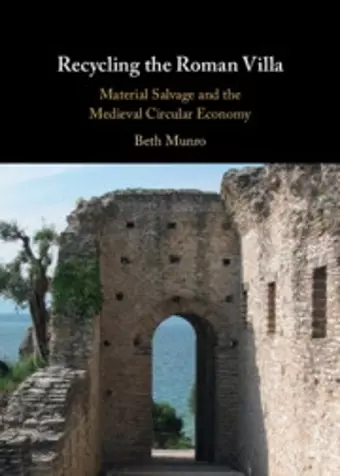Recycling the Roman Villa
Material Salvage and the Medieval Circular Economy
Format:Hardback
Publisher:Cambridge University Press
Published:31st Oct '24
Currently unavailable, and unfortunately no date known when it will be back

By examining archaeological remains of Roman villas, this book explores how ancient craftspeople salvaged architecture to retain manufactured material value.
Beth Munro offers a retrospective study of the material value of and deconstruction processes at villas. She explores the technical properties of materials that were most frequently recycled, glass, metals, and limestone, the craftspeople who undertook this work, as well as the economic and culture drivers of recycling.Though abandoned between the third and seventh centuries CE, many Roman villas enjoyed an afterlife in late antiquity as a source of building materials. Villa complexes currently serve as a unique archaeological setting in that their recycling phases are often better preserved than those at urban sites. Building on a foundational knowledge of Roman architecture and construction, Beth Munro offers a retrospective study of the material value of and deconstruction processes at villas. She explores the technical properties of glass, metals, and limestone, materials that were most frequently recycled; the craftspeople who undertook this work, as well as the economic and culture drivers of recycling. She also examines the commissioning landowners and their rural networks, especially as they relate to church construction. Bringing a multidisciplinary lens to recycling practices in antiquity, Munro proposes new theoretical and methodological approaches for assessing architectural salvage and reprocessing within the context of an ancient circular economy.
ISBN: 9781009475587
Dimensions: 260mm x 186mm x 21mm
Weight: 710g
278 pages